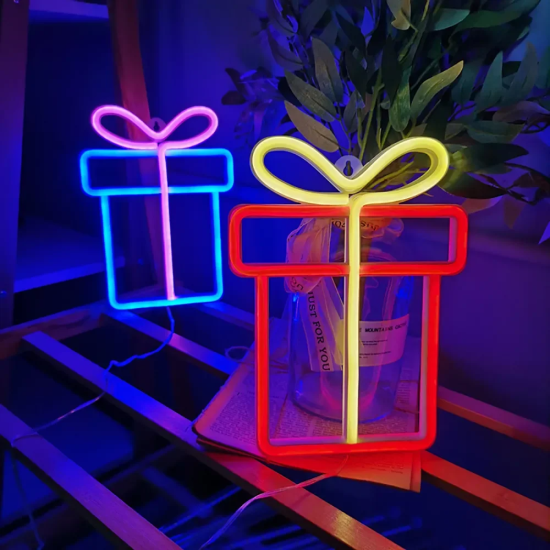Neon lights, renowned for their vibrant glow and artistic allure, are undergoing a transformative shift towards sustainability. As environmental consciousness becomes increasingly prevalent, the neon industry is embracing eco-friendly alternatives to traditional neon, presenting a greener approach to illuminating spaces. In this exploration, we will delve into the realm of sustainable neon lighting solutions and their potential impact on the future of lighting design.
1. LED Neon: Shaping a Greener Future
The rise of LED technology has paved the way for eco-friendly neon alternatives. LED neon lights, often referred to as “faux neon,” utilize energy-efficient LED modules to mimic the distinctive glow of traditional neon. This transition reduces energy consumption, increases durability, and minimizes environmental impact, making LED neon a promising avenue for sustainable lighting solutions.
2. Energy Efficiency: Reducing Carbon Footprints
One of the key advantages of sustainable neon lighting options, such as LED neon, lies in their remarkable energy efficiency. Compared to traditional neon lights, LED neon consumes significantly less electricity while maintaining the same luminosity. This not only translates to lower energy bills for consumers but also contributes to a reduction in overall carbon footprints, aligning with global efforts to combat climate change.
3. Longevity and Durability: Less Waste, More Sustainability
Sustainable neon lighting solutions often boast longer lifespans and increased durability. LED neon, in particular, can outlast traditional neon lights, resulting in less frequent replacements and decreased waste generation. This extended lifespan not only benefits the environment by reducing material consumption but also provides users with a cost-effective and sustainable lighting option.
4. Mercury-Free Illumination: Environmental Stewardship
Traditional neon lights rely on the noble gas mercury for illumination, posing environmental concerns due to the toxicity of mercury. In contrast, sustainable neon lighting solutions, like LED neon, are mercury-free, contributing to a safer and more environmentally conscious lighting choice. This shift aligns with global efforts to minimize the use of hazardous materials in various industries.
5. Customization without Compromise: Eco-Friendly Neon Design
Sustainability doesn’t mean sacrificing creativity. Eco-friendly neon options offer the same level of customization and design flexibility as traditional neon lights. LED neon, for instance, allows users to choose from a wide range of colors, shapes, and sizes, ensuring that eco-conscious lighting solutions can seamlessly integrate into diverse design preferences.
6. Manufacturing Innovations: Reducing Environmental Impact
Advancements in manufacturing processes are playing a pivotal role in enhancing the sustainability of neon lighting solutions. Reduced energy consumption during production, efficient waste management, and the use of eco-friendly materials are becoming standard practices within the sustainable neon industry. These innovations aim to further minimize the environmental impact associated with the manufacturing of neon lights.
7. Educating Consumers: Promoting Sustainable Choices
Promoting sustainability in the neon industry involves raising awareness among consumers. Providing information on the benefits of eco-friendly neon alternatives and their positive impact on the environment empowers consumers to make informed choices. The collective shift towards sustainable lighting options relies on education and advocacy, encouraging individuals and businesses to prioritize eco-conscious solutions.
In conclusion, the integration of sustainability into the world of neon lights represents a positive and progressive step towards a greener future. LED neon and other eco-friendly alternatives not only offer energy-efficient and durable lighting solutions but also contribute to a more environmentally responsible approach within the lighting industry. As the demand for sustainable options continues to grow, the neon industry is poised to lead the way towards a brighter, eco-friendly tomorrow.


